Understanding Structured Cabling Systems
A structured cabling system is an integral framework for an organization's communications infrastructure. This system encompasses a variety of smaller, standardized elements known as subsystems, which include cabling and associated hardware. This infrastructure serves a wide range of uses, such as providing telephone service or transmitting data through a computer network.
Types and Applications of Structured Cabling
The versatility of structured cabling allows it to support multiple hardware uses and be suitable for both current and future applications. Applications range from data center structured cabling to voice and data cabling, ensuring a robust and adaptable solution for organizations of all sizes. Whether for network cabling services in a retail environment or for connecting multiple devices in a manufacturing plant, structured cabling systems provide a reliable and scalable infrastructure.
Features and Materials of Structured Cabling Components
Components of a structured cabling system include a variety of cables, such as fiber optic, Cat5e, Cat6, and Cat7, along with modular connectors, patch panels, and structured wiring panels. These systems are designed to be energy-efficient and are available in different colors, with white and black being common options to match aesthetic and design requirements.
Advantages of Implementing Structured Cabling
The implementation of a structured cabling system offers numerous advantages. It provides a high level of flexibility, allowing for easy additions, moves, or changes. This adaptability significantly reduces installation time and ensures minimal disruption. Moreover, a well-designed structured cabling system can reduce power and maintenance costs, enhance the IT infrastructure's performance, and provide a scalable solution for future expansion.
Choosing the Right Structured Cabling Solution
Selecting the right structured cabling solution requires considering several factors, such as the type of structured cabling installation, the specific needs of the network cabling installers, and the services offered by structured cabling companies. It is crucial to partner with a provider that understands the complexities of structured network cabling and can deliver a system tailored to the unique needs of the business.
Conclusion
In conclusion, a structured cabling system is a foundational component of any modern IT infrastructure. It provides a comprehensive solution for managing a myriad of communication needs, from data and voice to multimedia services. With the right design and implementation, a structured cabling system can significantly enhance the efficiency and functionality of an organization's IT operations.







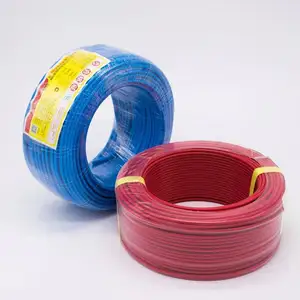

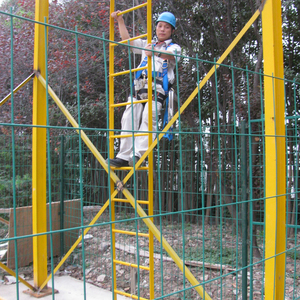

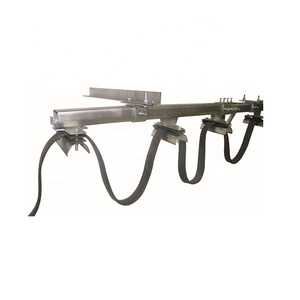


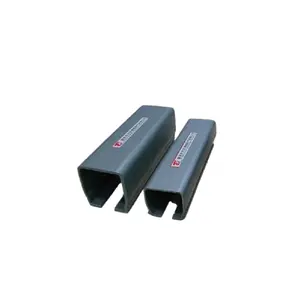

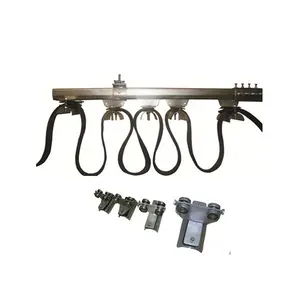











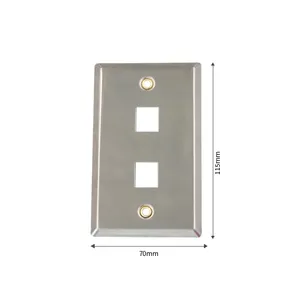
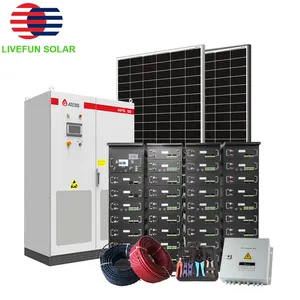




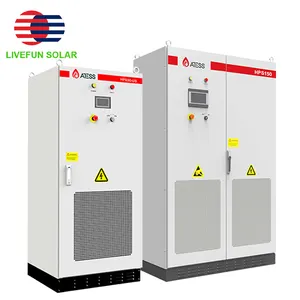
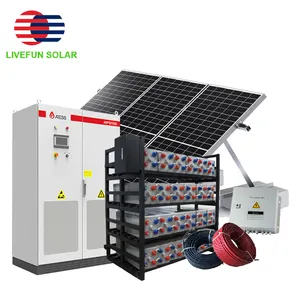




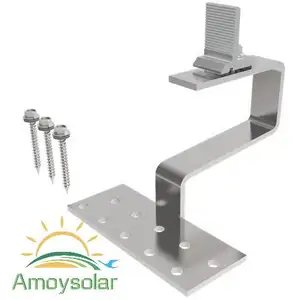
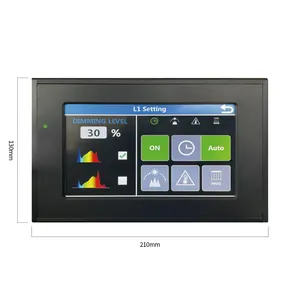







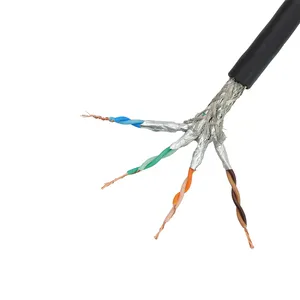






















 浙公网安备 33010002000092号
浙公网安备 33010002000092号 浙B2-20120091-4
浙B2-20120091-4